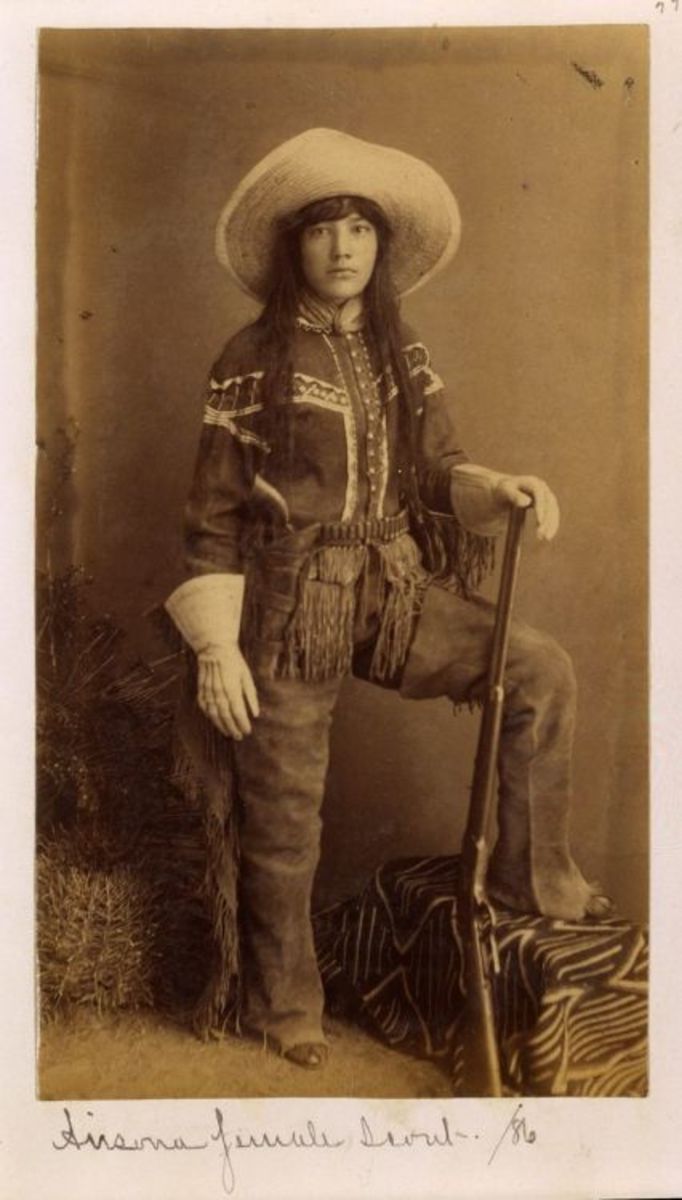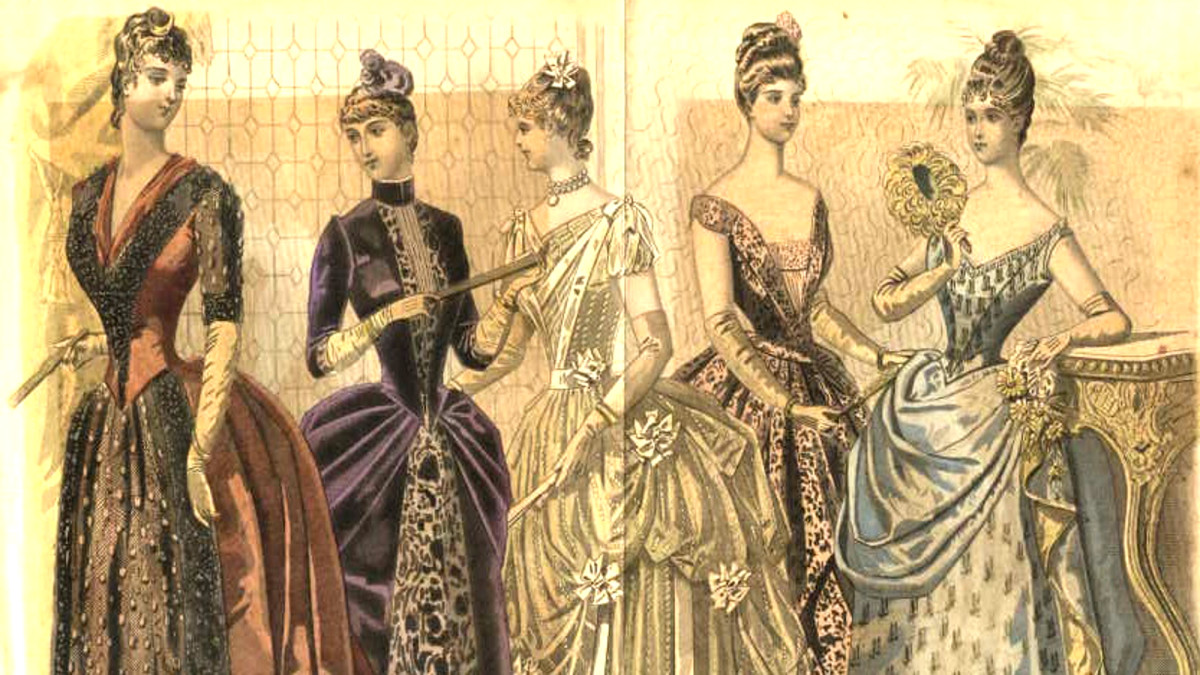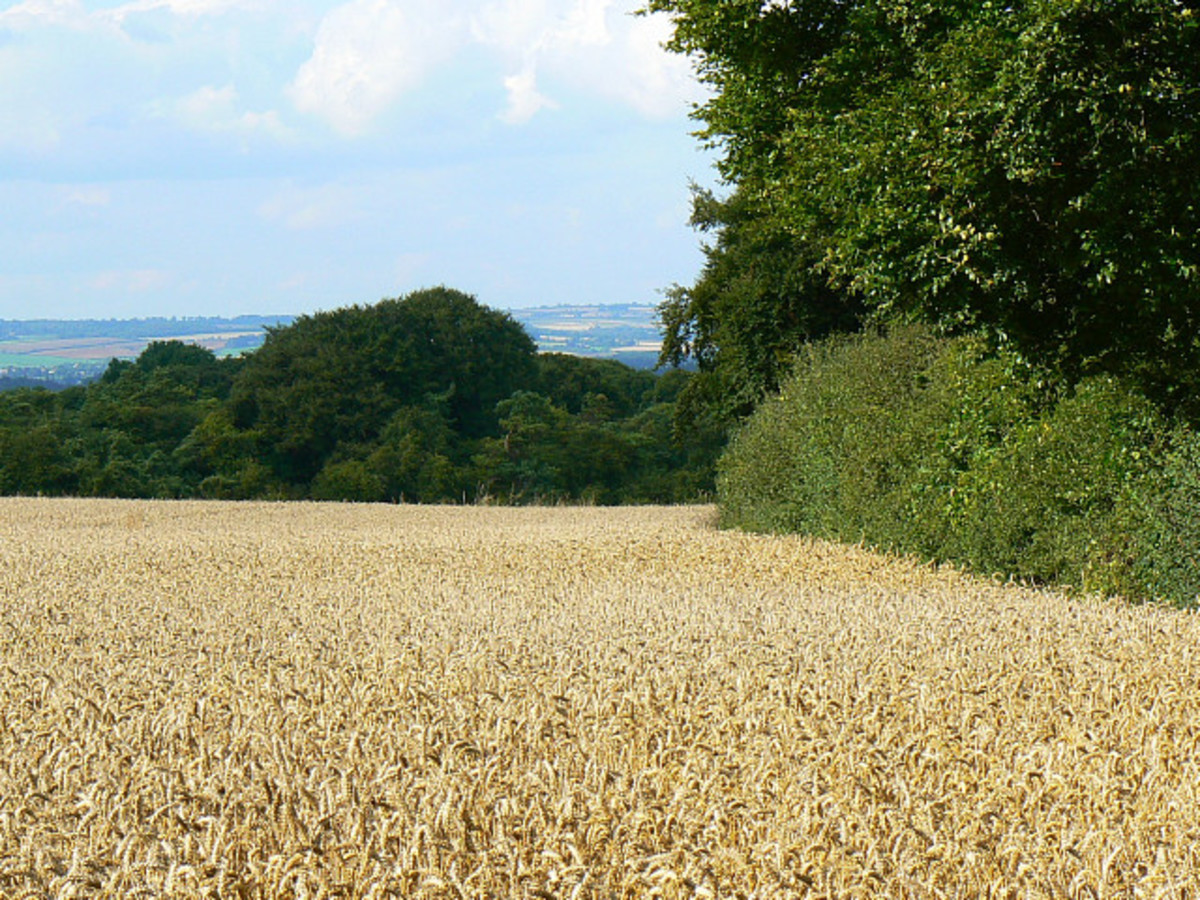Clothing as Sacred Model
An Eliadian View of the Sikh Khalsa
Many Sikhs can be easily recognized because they have a distinctive mode of dress that sets them apart from other members of society. Most people would readily recognize a Sikh by their turbans and the knife they carry. There are other pieces included in a proper Sikh garment, which include a comb, cotton undergarments, and a bracelet. Every Sikh initiated into the brotherhood and sisterhood of the Khalsa wears these items. We will consider all these things in turn.
Khalsas are not permitted to cut their hair or shave. Additionally, they wear a turban. Sikhs themselves believe that their unshorn hair sustains their connection to the sacred, while the turban represents a crown of their spirituality. Unshorn hair may also grant strength, as in the case of the Biblical character Samson. It may also symbolize a type of naturalism as the hair grows as it will. The turban as crown works very well, and is also consonant with other types of special headgear worn by priests, members of monastic orders, and rulers the world over. Crowns often suggest royalty, and always mark a person of higher rank in the social order.Sikhs wear a wooden comb which they believe is a symbol of cleanliness. Combs also have the quality of being a filter; as the comb is run through the hair, it strains out debris and lice. Combs also work out tangles. Ultimately, combs bring order out of chaos.Khalsas also wear specially made underwear made from cotton. They believe it is a reminder of their commitment to purity. Cotton works very well for this purpose. Normally, cotton is white, which in many cultures represent both cleanliness and purity. Cotton is also soft to the touch, which may be taken as a symbol that one should treat others gently. Finally, undergarments are worn next to the skin, and especially against the most intimate parts of the human body. The undergarments can thus be seen as a type of chastity belt, reminding the wearer that they need to restrain their lusts in order to keep themselves clean.Another part of Khalsa dress is the Kara, essentially a bracelet. It is a steel circle. Steel connotes strength, near invincibility, and endurance. If not properly cared for, steel may rust, suggesting one must guard against unseen vulnerabilities. Circles suggest eternity, perfection, and wholeness. Taken together, a steel circle suggests a certain unbreakable bond of truth. This is close to how Sikhs themselves see the Kara, believing it signifies bondage to truth, yet freedom from other entanglements of the world.Finally, Khalsas carry a knife or short sword called the Kirpan. Even the most sympathetic symbolic interpretation of the Kirpan must acknowledge it is a weapon. Negatively, a sword can be used for a crusade, forcing people into one’s fold. A sword might also be used to defend onself from attack. Indeed, the Sikhs themselves regard the Kirpan as a reminder they need to defend the Truth. However, a knife can also represent Truth itself, which is often hard, unforgiving, finely edged, and piercing. Truth, at times, can be very painful.An Eliadian approach to interpreting Khalsa dress would start by noting that most religions believe approaching the sacred for worship or other purposes requires special clothing. Many people wear their “Sunday best” when going to church. Monastic orders usually require a monk or nun to wear special habits, which often symbolize their vows. Mormons wear special clothing while worshiping in their temples, and the undergarments are supposed to be worn in the profane world. Christian ministers or priests of highly liturgical denominations wear special clothing during worship, and Catholic priests are obligated to wear their “collar” in the secular world as well. Unfortunately, space does not permit using the comparative method Eliade preferred in detail.Eliade’s concept of the archetype will probably serve best to understand the special clothing of the Sikh Khalsas. An archetype, according to Eliade, is a model the religious person seeks to imitate. Duplicating the sacred order brings a sense of order into their lives. Here, the religious person patterns their dress after that of the true human. We might see the Sikhs’ conception of the true human as the warrior-king, who wears a crown and wields the sword for their kingdom. Collectively, we can see them as the army of God, wearing uniforms and disciplining themselves that they may be fit for service.The commitment to service explains how wearing these items helps a Khalsa navigate the chaos of everyday life. Each item of a Khalsa’s apparel serves to remind them of the values they hold and thus enables them to live in a sacred world. Their hair grows as God wills, reminding them that they are not fully in control of the world, but their comb allows them some participation nonetheless. The turban a Khalsa wears reminds them that they are royalty in the true order of the cosmos. The undergarment serves both to keep them warm and remind them of their commitment to purity. Their bracelets are a reminder that they are bound to a higher power. Finally, so long as they are in the profane world where chaos can creep in at any time, violence can break out in this world. The Kirpan is a constant reminder of that reality. Ritual clothing worn in everyday life reminds the Khalsa of his or her place in the cosmos. At the same time, their clothing reminds them that they have certain duties and responsibilities.Sikh Khalsas as warrior-kings and queens may also suggest something of their historical development. Obviously, in replicating the archetypal true human, they believe they have authority from the divine in doing this – their clothing is a mark that Khalsas have received divine favor. A sense of being a chosen person seems to mark religions where some or all the members wear special clothing. Sacred clothing sets them apart from the surrounding society and even other members of the same group.Finally, it also seems significant that the Khalsa is always prepared for violence. This suggests that the Sikhs once had a violent history. Their violent past may have been either offensive or defensive in nature. Some religions have propagated themselves with the sword, and originally the Sikhs may have done so as well. Alternatively, Sikhs may have found themselves on the defensive from persecution, perhaps fueled by their own sense of specialness above those in their surrounding society.The Khalsas’ symbolic manner of dressing offers some insights about the Sikh way of life. Using the lens provided by Mircea Eliade’s work, we see that the Khalsa dresses in special clothing to replicate the pattern of the divine human. The constant reminders of their place and their duties help the Sikh to find true order in life while facing constant chaos in the profane world.






